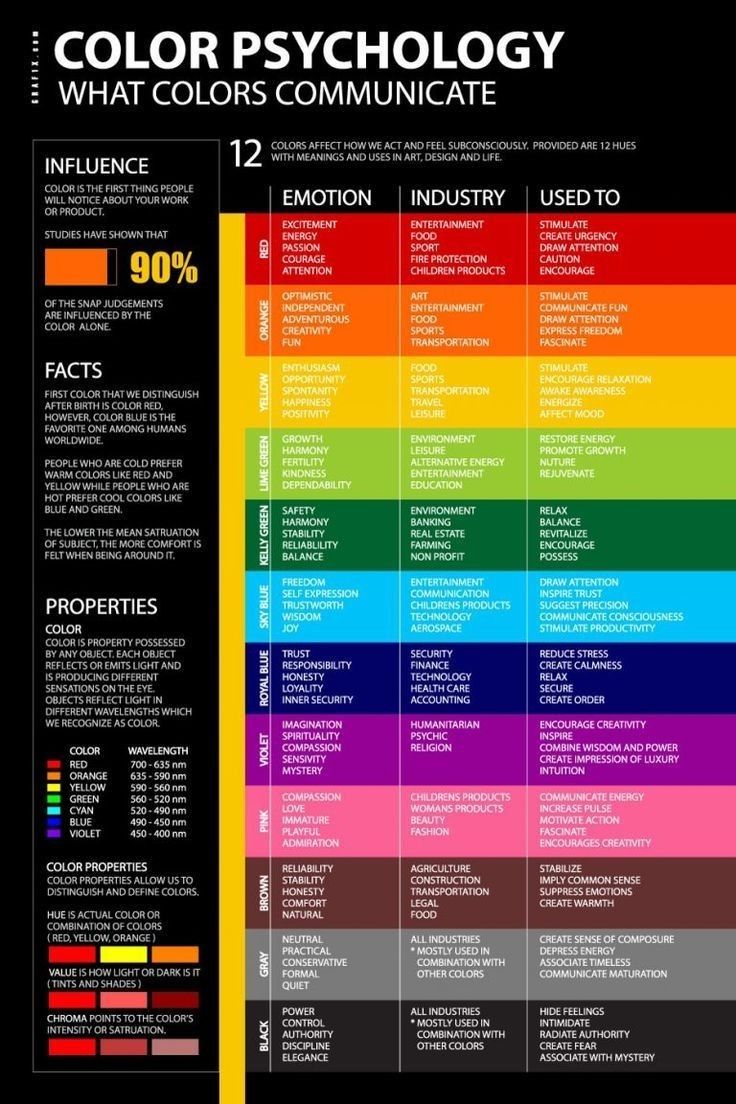
The Psychology of Color in Fashion: Dressing for Your Mood
Share
The Psychology of Color in Fashion: Dressing for Your Mood in 2025
Color possesses an extraordinary ability to influence our emotions, shape perceptions, and communicate messages before we even speak a word. In fashion, this psychological power becomes a personal tool for transformation, allowing us to harness the emotional impact of different hues to enhance our confidence, express our personality, and even shift our mental state throughout the day.
The Science Behind Color and Emotion
Color psychology represents the study of how different hues affect human behavior, emotions, and cognitive processes. Research consistently demonstrates that colors trigger both physiological and psychological responses in our brains, making our clothing choices far more significant than mere aesthetic preferences.
Light colors tend to evoke more joyful feelings than darker shades, while specific hues carry distinct emotional associations. Understanding these connections empowers us to make intentional wardrobe choices that align with our desired emotional state and the impression we wish to create.
Decoding the Emotional Language of Colors
Red: The Power Color
Red commands attention and radiates confidence, passion, and energy. This bold hue increases heart rate and creates feelings of urgency and excitement. When you need to feel assertive or want to make a memorable impression, red becomes your psychological armor.
Blue: The Trust Builder
Associated with calmness, reliability, and stability, blue promotes tranquility and trustworthiness. Professional environments often favor blue because it communicates competence and dependability while reducing stress levels.
Yellow: The Mood Booster
Yellow radiates optimism, creativity, and joy. This vibrant hue stimulates mental activity and can instantly uplift your spirits during challenging days. The 2025 fashion trends particularly embrace various yellow tones, from soft vanilla to bold saffron.
Green: The Balancer
Green represents growth, harmony, and renewal. This color connects us to nature and promotes feelings of balance and restoration, making it ideal for both casual and professional settings.
Black: The Sophistication Statement
Black conveys elegance, authority, and mystery. While sometimes associated with formality, black provides a sophisticated foundation that enhances other colors and creates a timeless, polished appearance.
White: The Fresh Start
White symbolizes purity, cleanliness, and new beginnings. This versatile color creates a sense of spaciousness and clarity, making it perfect for expressing minimalist aesthetics and fresh energy.
Strategic Color Application in Daily Dressing
Morning Energy Boost
Start challenging days with energizing colors like coral, bright yellow, or vibrant orange. These warm tones stimulate alertness and create positive momentum for the day ahead.
Professional Confidence
For important meetings or presentations, incorporate navy blue, deep burgundy, or classic black to project authority and trustworthiness while maintaining approachability.
Stress Relief
During overwhelming periods, choose soft blues, muted greens, or gentle lavender to promote calmness and mental clarity.
Social Situations
Warm reds, friendly oranges, or approachable pinks enhance social connectivity and make you appear more approachable in networking situations.
Building Your Color-Conscious Capsule Wardrobe
Creating a capsule wardrobe that incorporates color psychology principles maximizes both style versatility and emotional benefits. Focus on:
Neutral Foundation
Build your base with black, white, gray, and navy pieces that provide psychological stability and endless styling possibilities.
Strategic Accent Colors
Select 2-3 accent colors that align with your personality and lifestyle needs. Consider burgundy for confidence, forest green for balance, or mustard yellow for creativity.
Seasonal Color Rotation
Adapt your color palette seasonally to match both weather patterns and emotional needs. Spring calls for fresh greens and soft yellows, while autumn embraces warm oranges and deep burgundies.
Color Trends Shaping 2025 Fashion
Current fashion trends emphasize meaningful color choices that reflect personal values and emotional awareness:
Pistachio Green Dominance
This year's standout color promotes growth mindset and environmental consciousness while maintaining sophistication.
Bold Yellow Variations
From vanilla to saffron, yellow tones continue gaining momentum as confidence-boosting wardrobe essentials.
Earthy Tone Revival
Browns, terracottas, and warm beiges connect us to nature and promote grounding during uncertain times.
Cultural Considerations in Color Selection
Color meanings vary significantly across cultures, making cultural awareness essential for global fashion choices. Red symbolizes luck in Chinese culture but mourning in some African traditions, while white represents purity in Western societies but mourning in certain Eastern cultures.
Understanding these nuances helps create respectful, culturally-informed fashion choices that honor diverse perspectives while expressing personal style.
Practical Implementation Strategies
Daily Color Journaling
Track how different colors affect your mood and energy levels throughout various situations. This personal data helps identify your most effective color combinations.
Wardrobe Audit Approach
Evaluate your current wardrobe through a color psychology lens. Identify gaps where strategic color additions could enhance your emotional wardrobe toolkit.
Seasonal Color Planning
Plan color rotations that align with both seasonal trends and your personal emotional needs throughout the year.
The Future of Color-Conscious Fashion
As Gen Z consumers increasingly prioritize authentic self-expression and mental wellness, color psychology in fashion becomes more relevant than ever. This generation seeks clothing that serves both aesthetic and emotional purposes, driving brands to consider psychological impacts alongside visual appeal.
Technology also enables new color personalization opportunities, with AI-powered styling tools analyzing individual color preferences and emotional responses to create customized wardrobe recommendations.
Maximizing Color's Transformative Power
Color psychology in fashion extends far beyond superficial style choices—it represents a powerful tool for mood regulation, confidence building, and authentic self-expression. By understanding how different hues affect our emotions and perceptions, we can curate wardrobes that actively support our mental wellness and personal goals.
Whether you're seeking to boost confidence for a important presentation, create calming energy during stressful periods, or simply express your authentic personality, intentional color choices transform getting dressed from a routine task into an empowering daily ritual.
Embrace the psychological power of color in your wardrobe, and discover how this simple yet profound approach to fashion can enhance not just how you look, but how you feel and interact with the world around you.